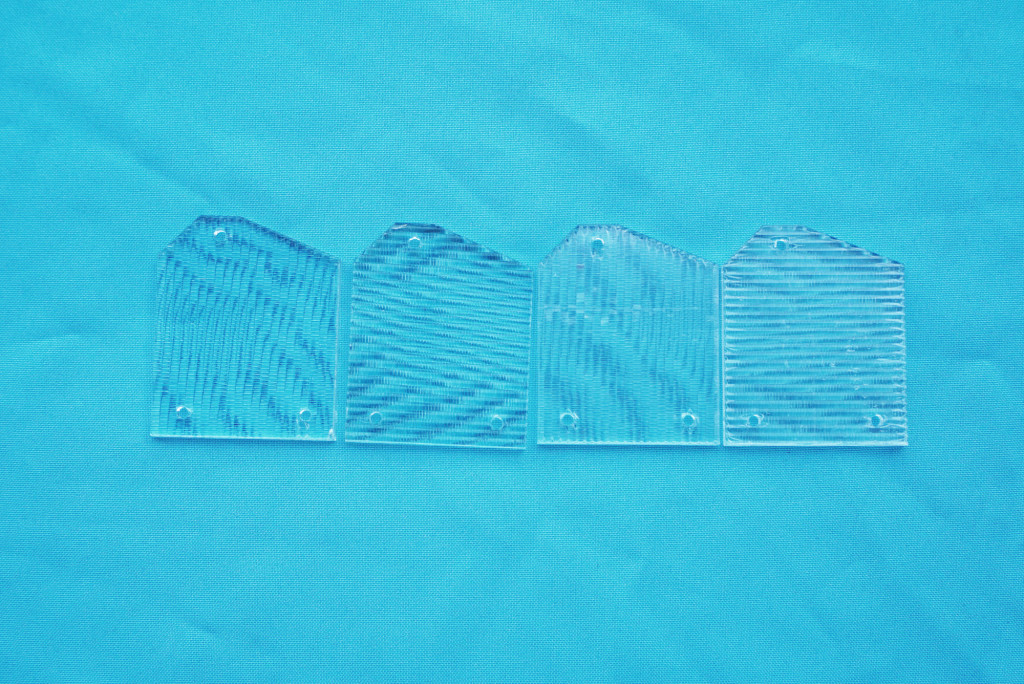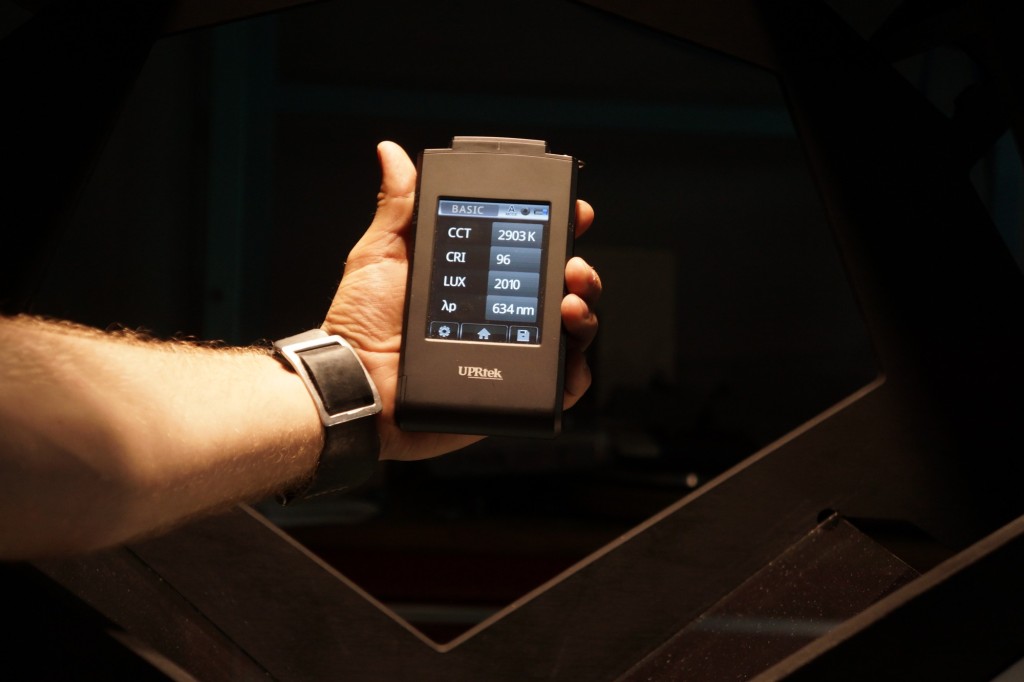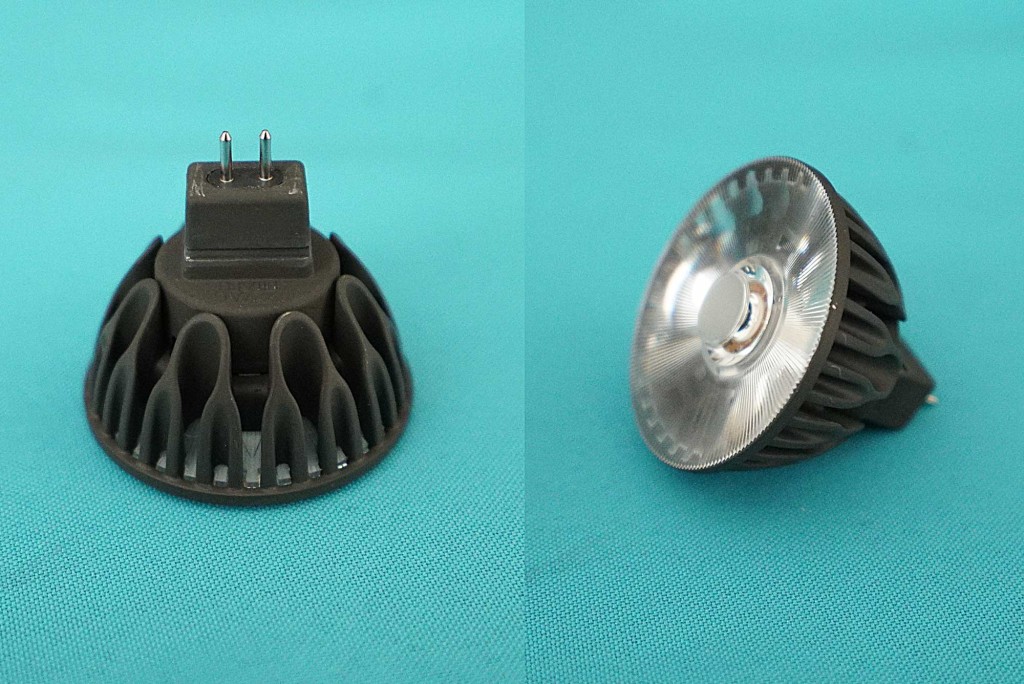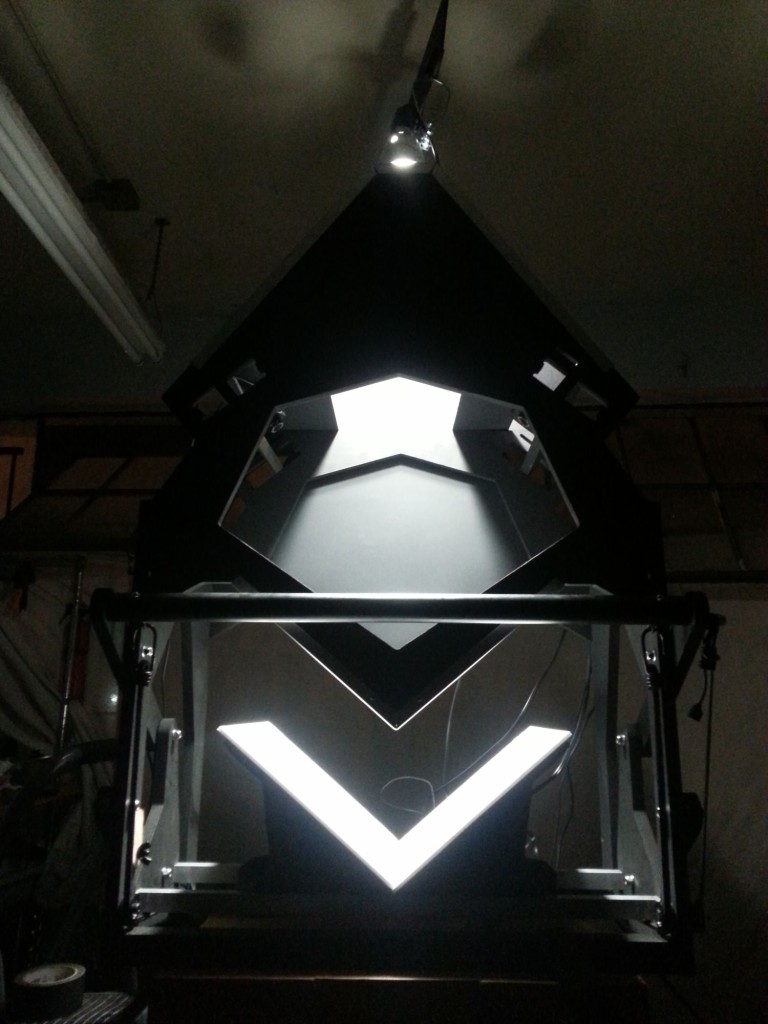The optics consist of crossed lenticular lenses. The lenses are cylindrical, .150″ thick PMMA at 10 LPI. Throughout the history of the project, people have suggested using diffusers to produce even light on the page, but it is much more optically efficient to create multiple images of your source (as these do) than to use a diffuser and senselessly scatter light everywhere.
I found my dream LED in the SORAA 00269s. They have an incredibly high CRI of 95, a perfect Tungsten white balance, and are reasonably priced (about $30/ea).
They fit a standard MR16 bulb socket made by Buhl, and they run on 12V, 1.5A. Most importantly, the VIVID Snap System series are designed to work with accessory optics placed right at the output of the bulb, so I was able to figure out a perfect arrangement of inexpensive lenses to evenly illuminate the platen.
Lighting for scanners is incredibly difficult to do right. You are always dealing with glare from the glass, or glare from the page. You have the choice of bright field or dark field illumination, and neither are simple due to the V-shaped geometry of the platen. The actual light source itself makes a very large difference in overall image quality, and to date, most DIY stuff basically ignored that and used subpar lighting. The Archivist gets it right; even glossy page images are basically glare-free, and the lighting is carefully designed, baffled, and lensed to put light only where it needs to be. The only thing missing from the Archivist kit is a simple shroud to block the open areas of the lighting module that could still catch a reflection from the surrounding room.
One of the other tricks that few scanners get right – if you get the overall lighting level up high enough, the problems of glare diminish. In other words, your signal-to-noise ratio goes way up. It then helps you in a few other ways, too – your shutter speeds get faster, eliminating vibration, and your aperture can be smaller, giving you greater DoF (provided you have an aperture – most compacts don’t), and your ISO can go down lower, which is generally, but not always the right thing to do.
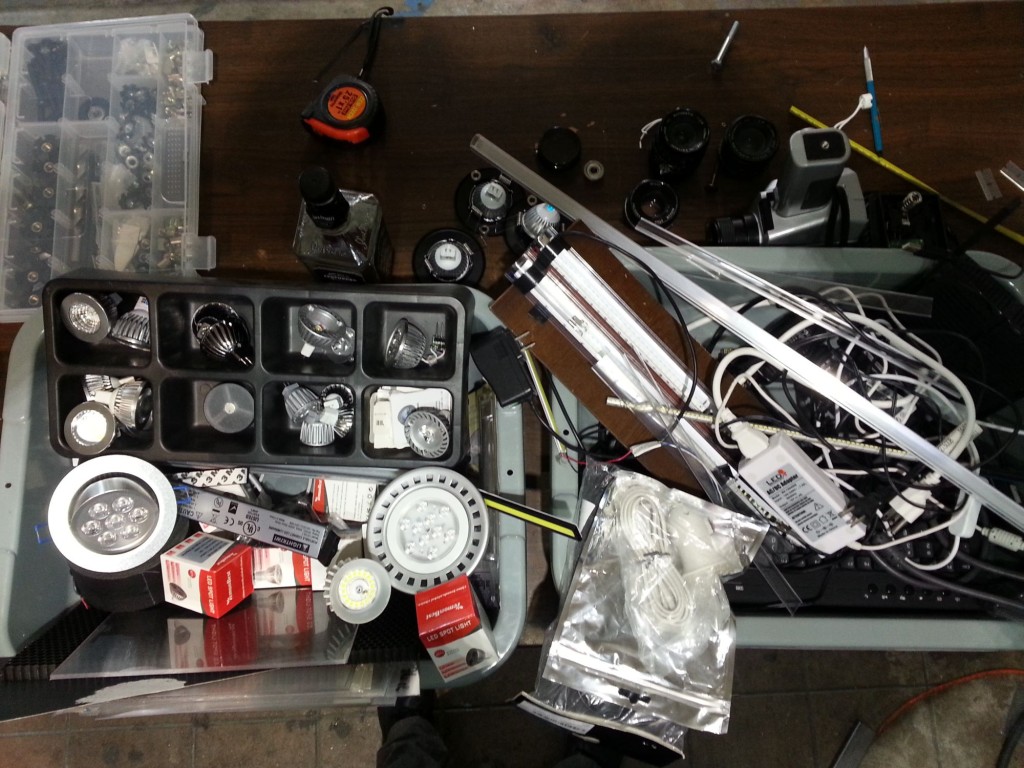
The lighting design was first done in a CAD package, which predicted the final result fairly well. The final location of the lights in the Z-axis ended up moving about two inches further up to accommodate for off-axis effects of the lenticulars.
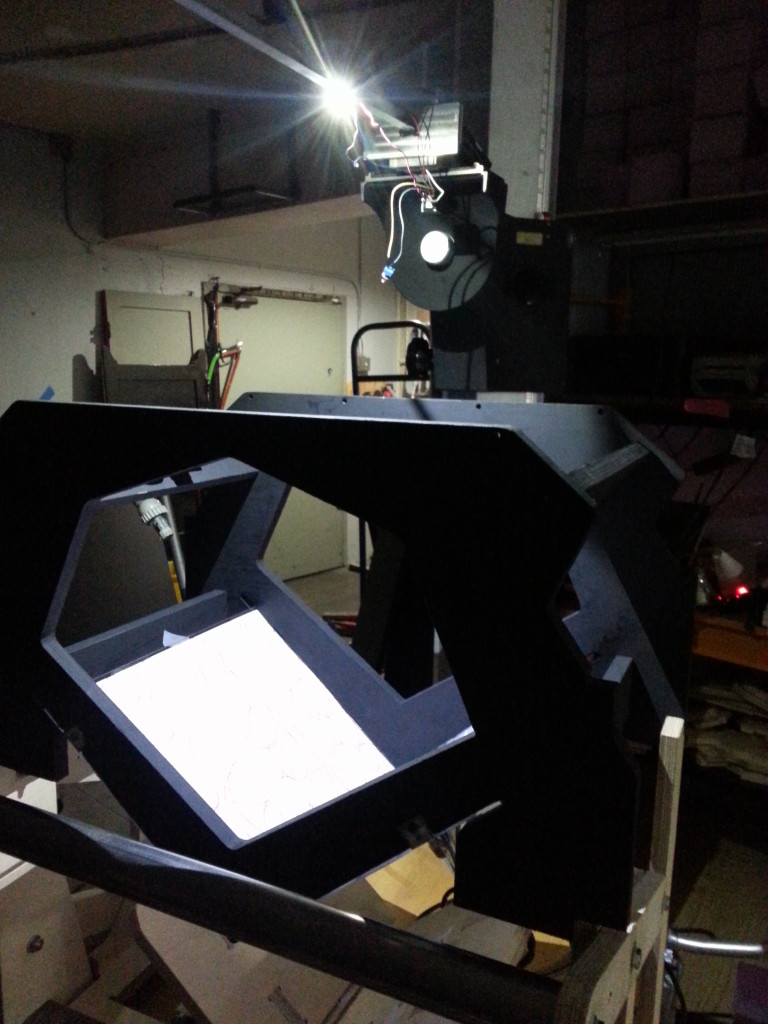
All told, I tested over 80 different LED bulbs, including some I had custom manufactured, but the SORAA bulbs trounced them in every way.
Let me restate all that in bullet form:
DXF of Part:
ArchivistOptics
